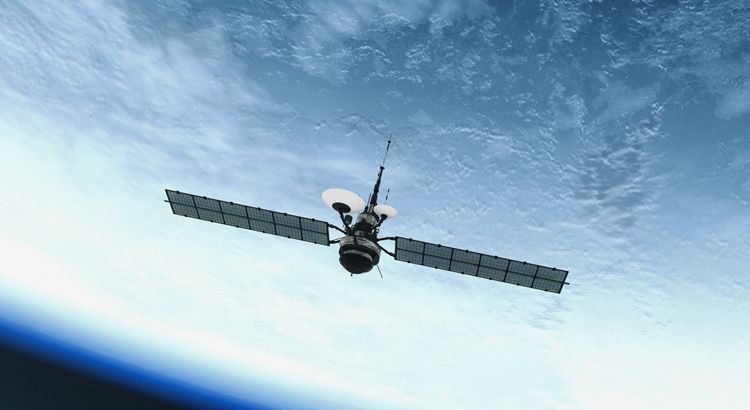
Microelectronics Powering the New Space Economy
Mario LaMarche
October 14, 2021
These days it’s becoming rare to skim through the news headlines without seeing plans for new space technologies and their applications—constellations of satellites providing global internet coverage, commercial space tourism and many more. However, as described in this McKinsey and Company article, an effective business model is required for these new technologies to have widespread adoption. Even lower cost, low-earth orbit (LEO) satellites are still very expensive to design and launch.
The challenges encountered when scaling these new types of businesses are evident in the long list of companies with failed attempts. OneWeb was well along building out a constellation of LEO satellites to provide global high-speed internet when they were forced to declare bankruptcy in March of 2020 after failing to raise enough capital. LeoSat, another company attempting to bring broadband satellite internet, shut down their operations in November 2019 when they also failed to raise enough capital. Similarly, many of the companies building constellations to enable consumer satellite communication also were forced to close or reduce capabilities.
For most of these cases, it was just too difficult to deliver a consumer product at a reasonable price due to the high costs of operating in space. However, as new technologies offer lower cost approaches, we are seeing new interest and new space opportunities.
Let’s take a look at two very different technologies that are both increasing the affordability of LEO space programs. With these, and other technologies, the new space economy is well positioned to decrease costs, opening the doors to a host of new applications.
GaN Amplifiers for Space
In the satellite downlink subsystem, the signal is transmitted to a receiver on the ground. In order for this receiver to detect the signal, the satellite needs to maximize the transmit power. Traditionally, this has been accomplished using a traveling wave tube (TWT) amplifier. Using the same physics principles found in old-fashioned tube televisions, although with modern upgrades, these tube amplifiers generate hundreds, if not more, watts of RF energy.
However, tube amplifiers are not only expensive to build, they are also expensive to cool and launch into space. A new, and much smaller, solution is based on gallium nitride (GaN). Like silicon, GaN is a semiconductor material used in microelectronics. However, when compared with silicon, GaN can support a much higher-power density. An additional benefit with solid-state amplifiers, like GaN amplifiers, is that they are much more reliable than complex TWT amplifiers. Space qualified GaN amplifiers are now becoming a popular choice in many LEO constellations.
Radiation-Tolerant Data Recorders
Farther from the antenna is another example of a new technology that’s simplifying satellite system design. Unlike previous generations of satellites that simply receive a signal and then transmit it, newer applications require satellites to process and store data on-orbit. This requires a data storage solution that is rugged and capable of withstanding the radiation found outside of earth’s atmosphere. Typically, these types of radiation-tolerant storage devices are custom built for each application and extremely expensive. To protect against the high radiation levels, some even use heavy shielding material, which increases the costs to launch into space.
To address this need, there are now standardized radiation-tolerant solid-state data recorders (SSDRs). By adopting open architecture standards, such an OpenVPX, satellite designers are able to use a standard product, instead of requiring a custom design.
Additionally, to prevent having to use expensive and heavy shielding material, the latest generation of radiation-tolerant SSDRs use advanced error correction (ECC) algorithms. This technology mitigates the risks of ionizing radiation without having to use physical shielding.
These two examples demonstrate just some of the new technologies at the core of the new space economy. These, and other commercial technologies, are delivering new capabilities into orbit and creating a path toward cost-effective space systems that will continue redefining how we communicate and access information across the globe.







 How to address trust and security when your electronics are 1,200 miles away
How to address trust and security when your electronics are 1,200 miles away Building strategic relationships to make commercial technology profoundly more accessible
Building strategic relationships to make commercial technology profoundly more accessible